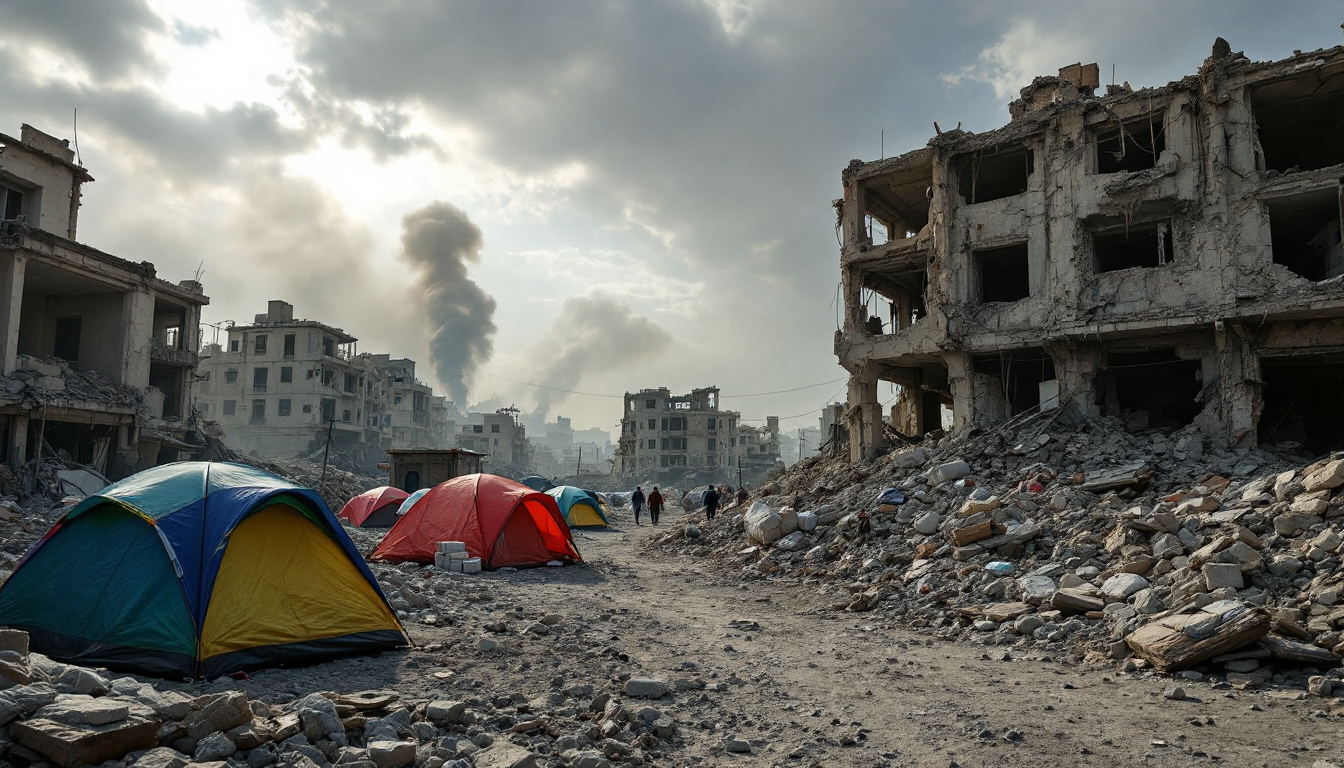Table of Contents
The situation in Gaza has reached a tipping point, with escalating violence leading to catastrophic humanitarian consequences. As we navigate through this crisis, it’s crucial to take a closer look at what’s happening on the ground, especially the impact on civilians and a healthcare system that’s struggling under the weight of countless casualties. With reports of civilian deaths and dire conditions for the injured, the reality in Gaza is as tragic as it is urgent.
Casualties and Destruction in Gaza
Recent reports reveal that at least 26 Palestinians have lost their lives due to ongoing Israeli attacks. Heartbreaking scenes are emerging from neighborhoods like Tuffah and Jabalia an-Nazla, where devastating airstrikes have claimed multiple lives. In one instance, an Israeli assault on tents that were supposed to serve as a “safe zone” in al-Mawasi led to a horrifying fire, tragically taking the lives of infants among others. This relentless wave of violence begs the question: where can civilians find safety in such turmoil?
Healthcare facilities are feeling the strain like never before, as medical professionals are faced with the harrowing task of prioritizing care amidst overwhelming trauma cases. Many of the victims, including innocent children, are suffering from injuries that appear to be linked to drone strikes—weaponry that’s designed for maximum destruction. This not only deepens the physical toll on the population but also creates a growing sense of despair among healthcare workers, who are grappling with an influx of wounded individuals.
The Strain on Healthcare Services
The healthcare system in Gaza is at a breaking point, with facilities operating far beyond their capacity. Medical professionals are forced into agonizing situations where patients with chronic conditions are often deprioritized, overshadowed by the sheer number of trauma cases resulting from military actions. For people in need of regular treatments like dialysis, accessing medical care has become a monumental challenge, leading to a dangerous decline in their health.
Take, for example, the plight of Omda Dagmash, who once received consistent dialysis treatment. The current state of healthcare means he’s now facing reduced treatment frequency and additional hurdles just to reach medical facilities. Healthcare workers are also reporting that many hospital departments have had to cut back on operations due to crippling shortages of resources like electricity and medical supplies. This creates a heartbreaking scenario where hospitals, meant to be havens of healing, become overwhelmed and unable to provide adequate care.
Public Sentiment and International Reactions
The fallout from the conflict reaches far beyond immediate humanitarian needs; it also stirs public sentiment and shapes international relations. A recent survey indicates that a significant number of Israelis believe the ongoing military operations in Gaza are missing their mark. Is this a sign of growing public concern about the long-term ramifications of this conflict?
Moreover, the international community has voiced its outrage over specific incidents, such as the bombing of Gaza’s only Catholic church, which resulted in civilian casualties. These actions have sparked discussions about accountability and the ethical implications of military strategies in densely populated areas. Even allied nations are expressing their discontent, highlighting the complexity of the situation and the urgent need for a united effort to tackle the humanitarian crisis unfolding in Gaza.


